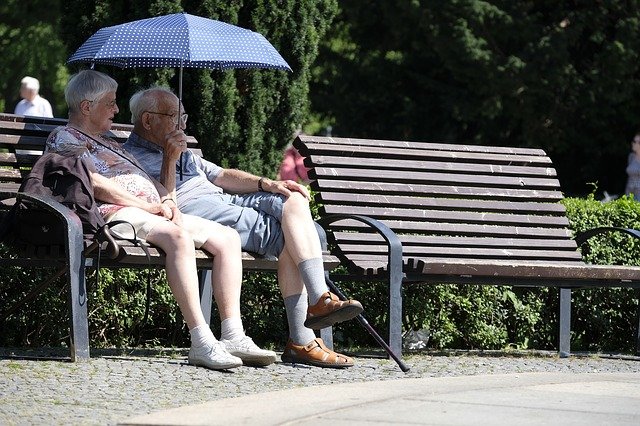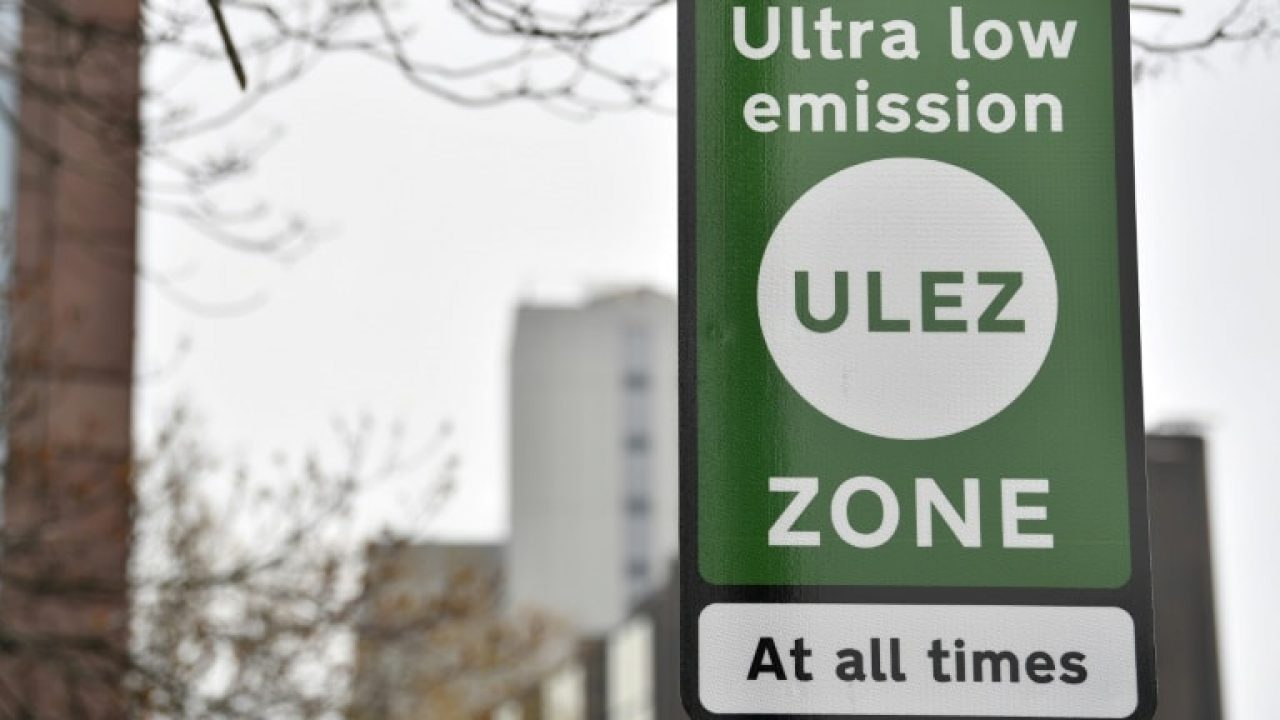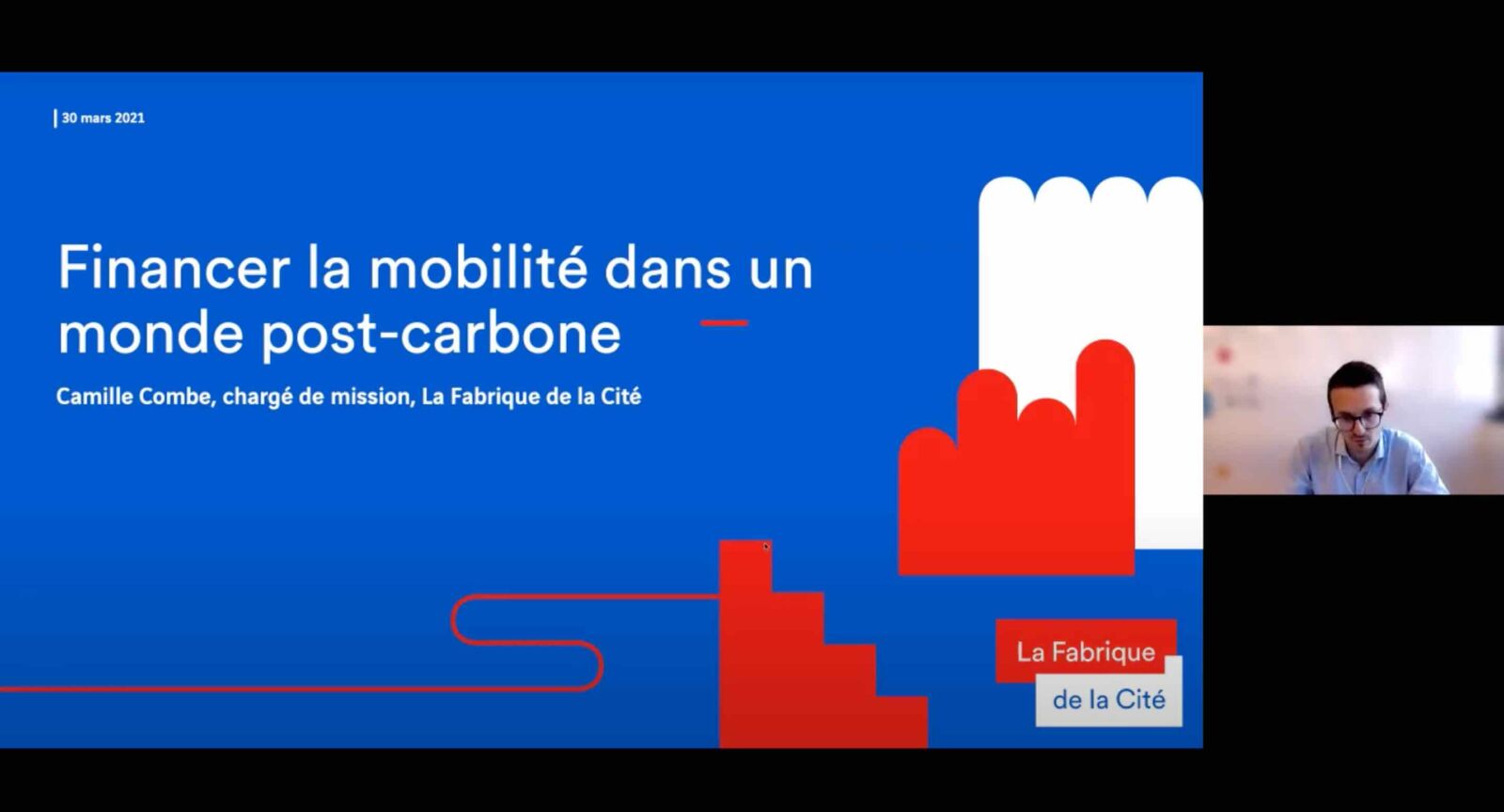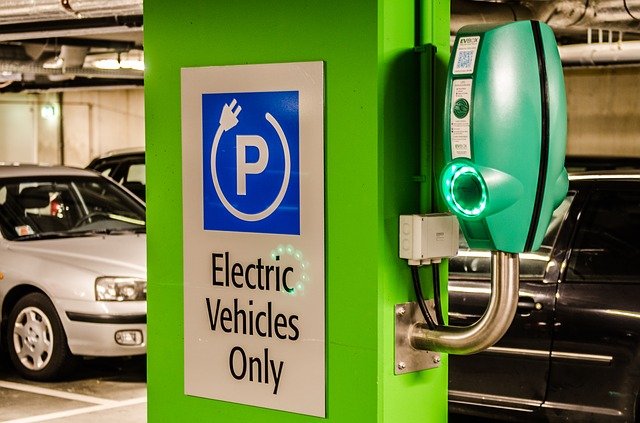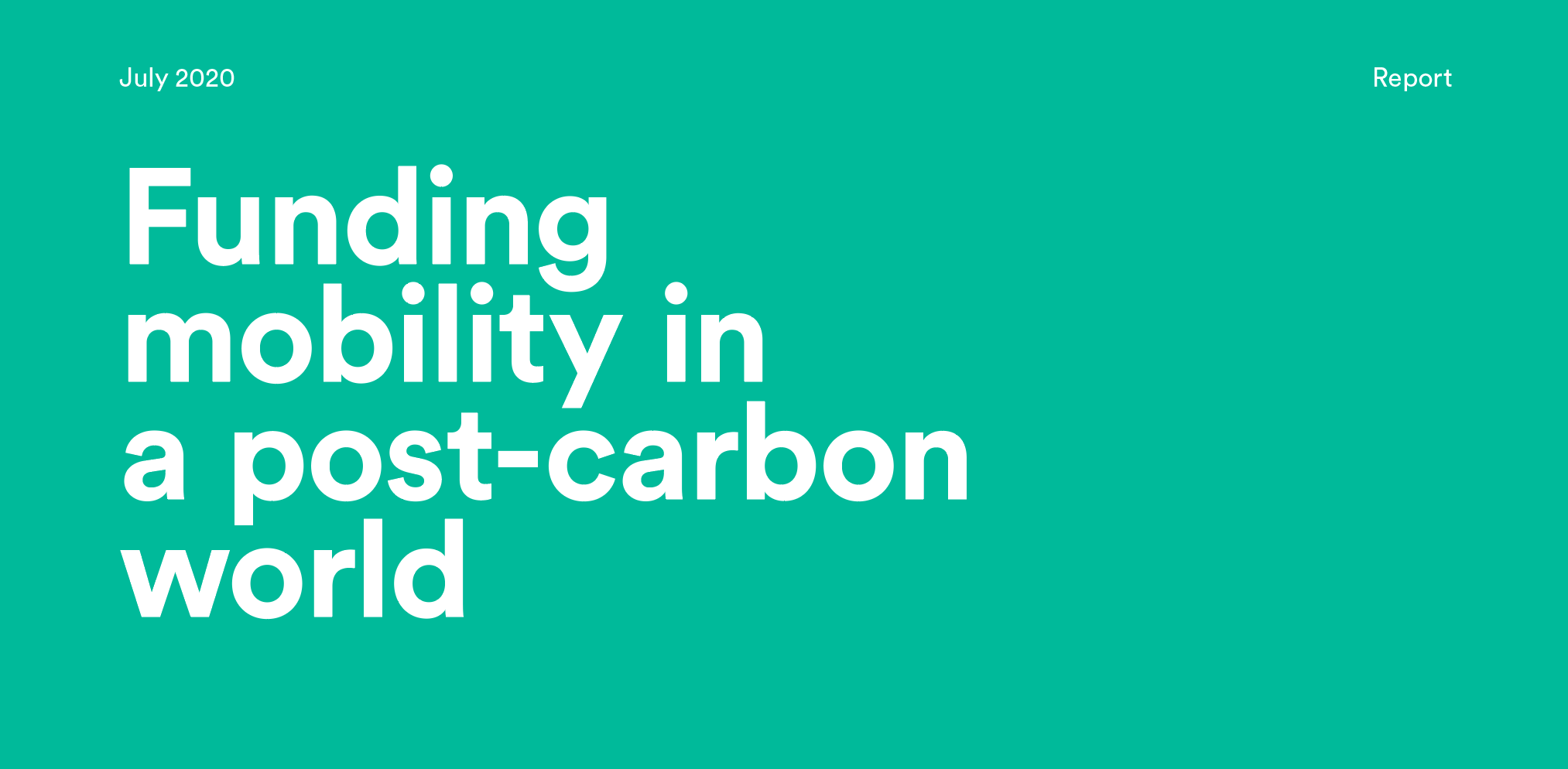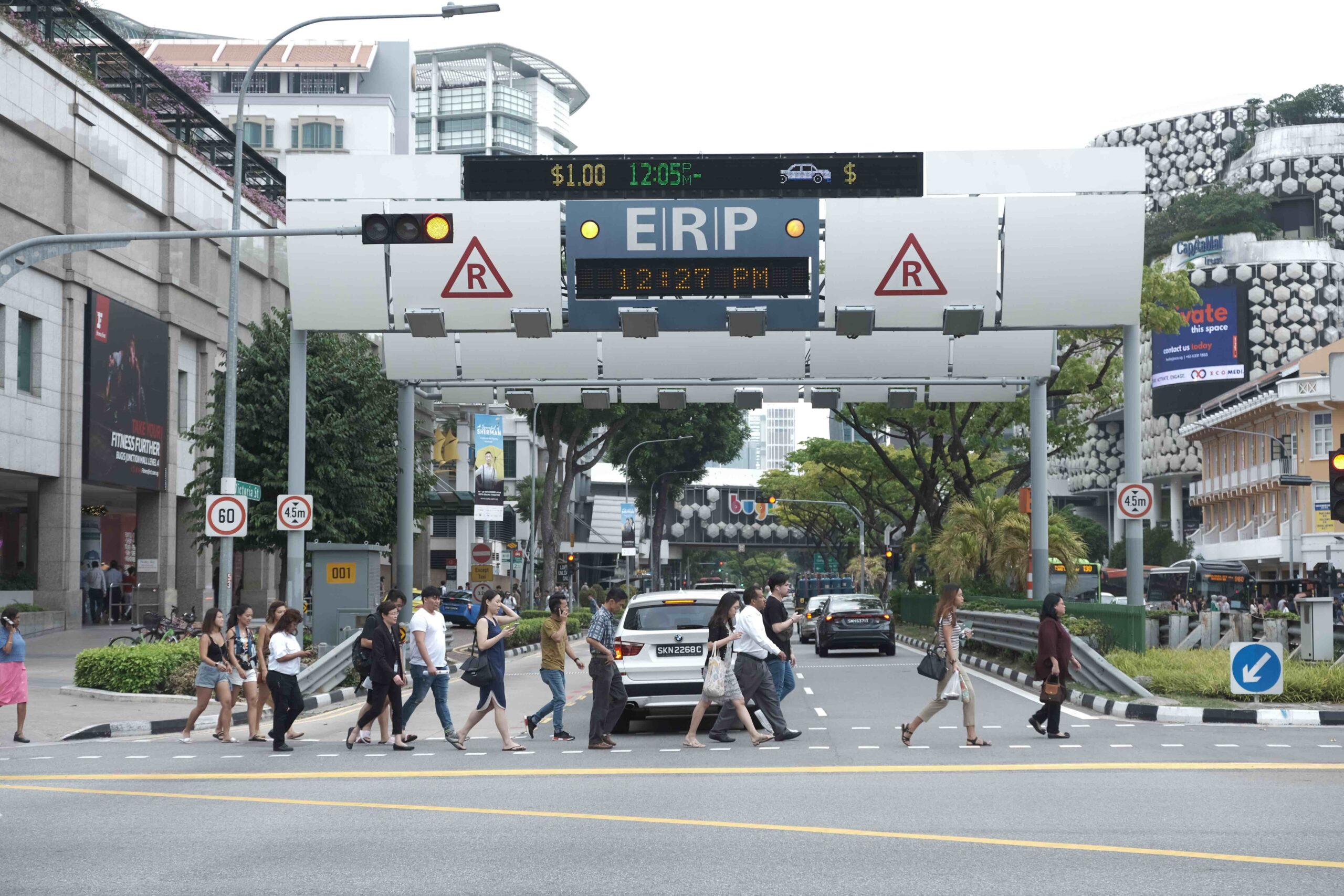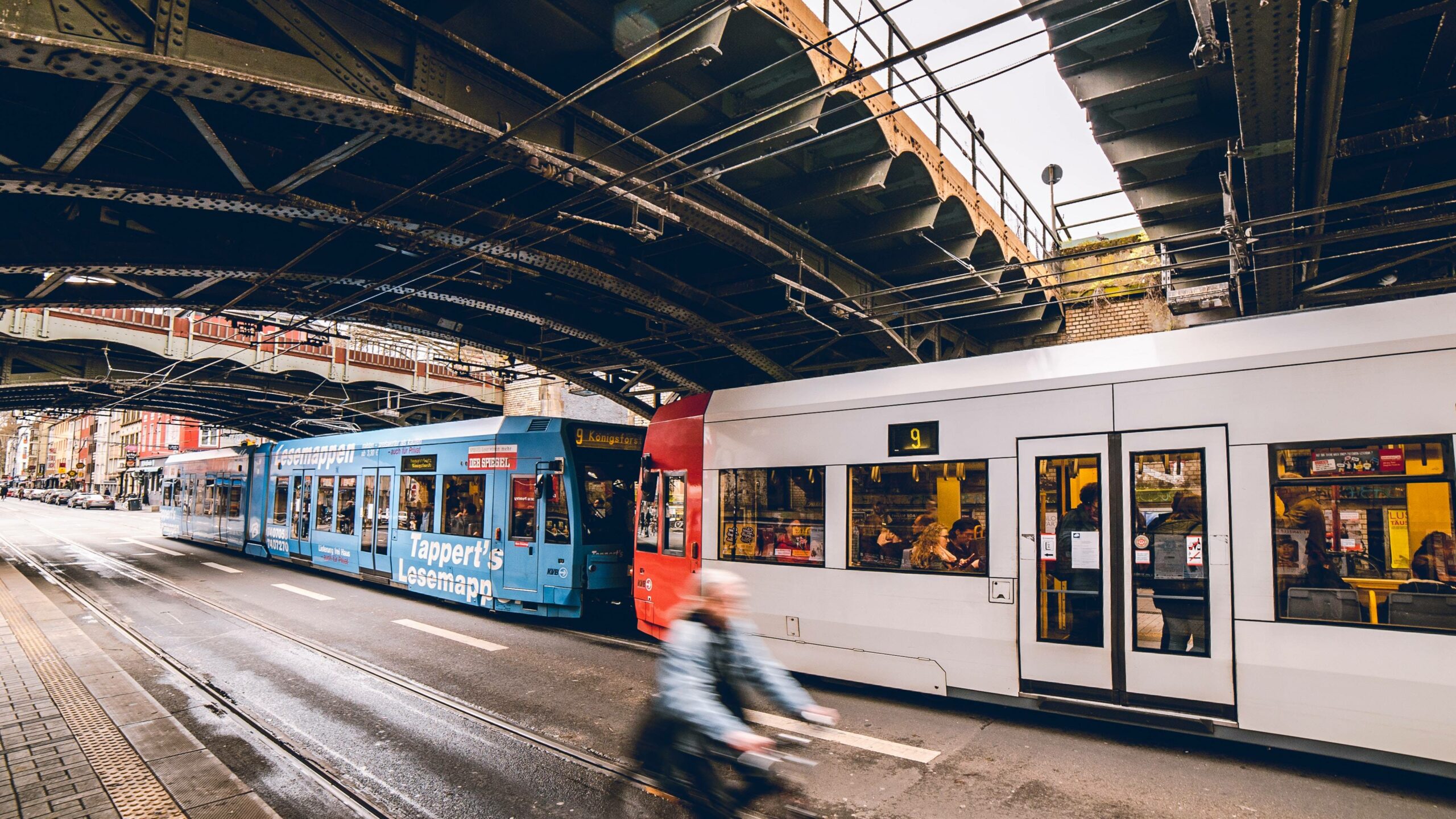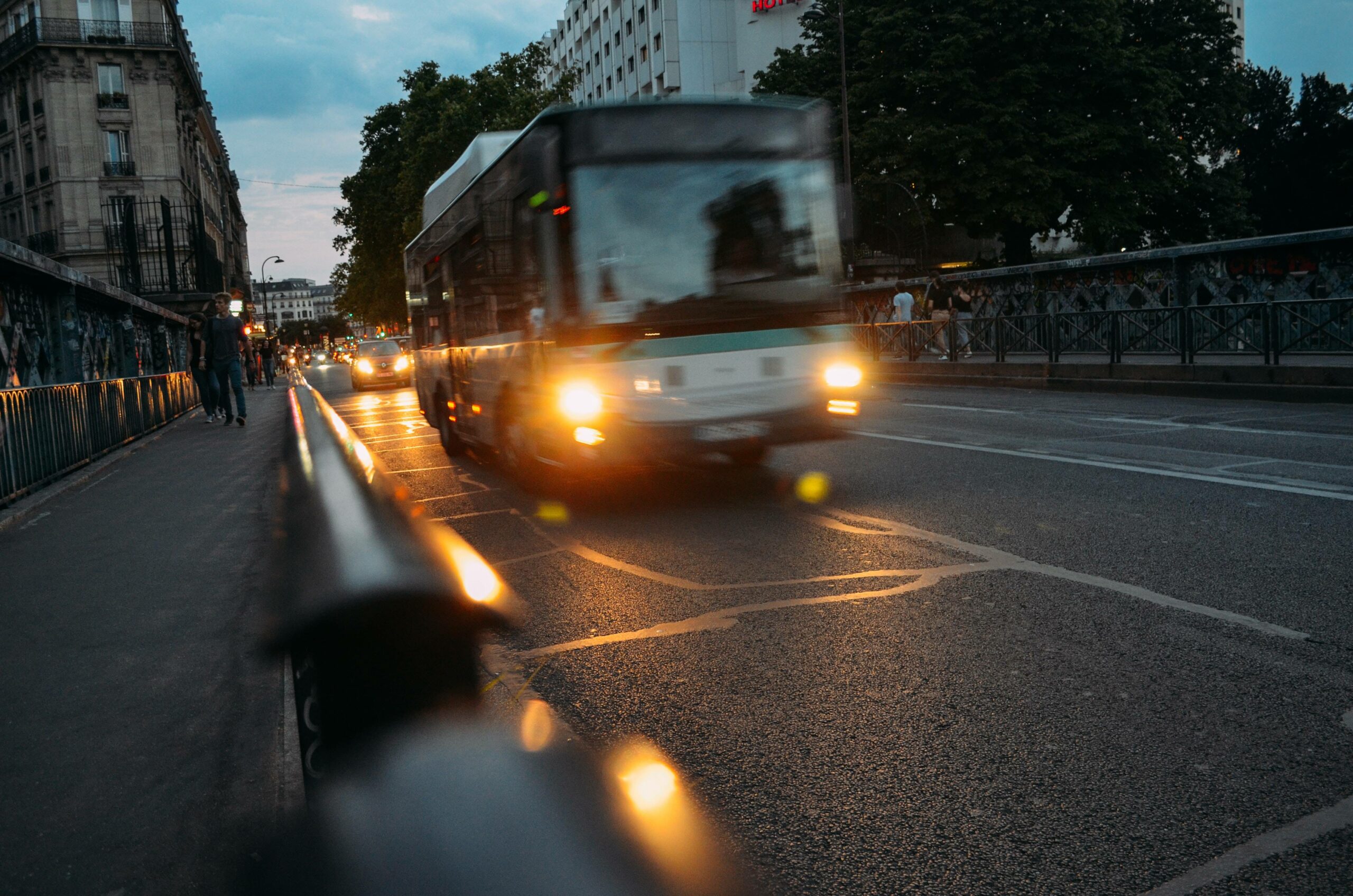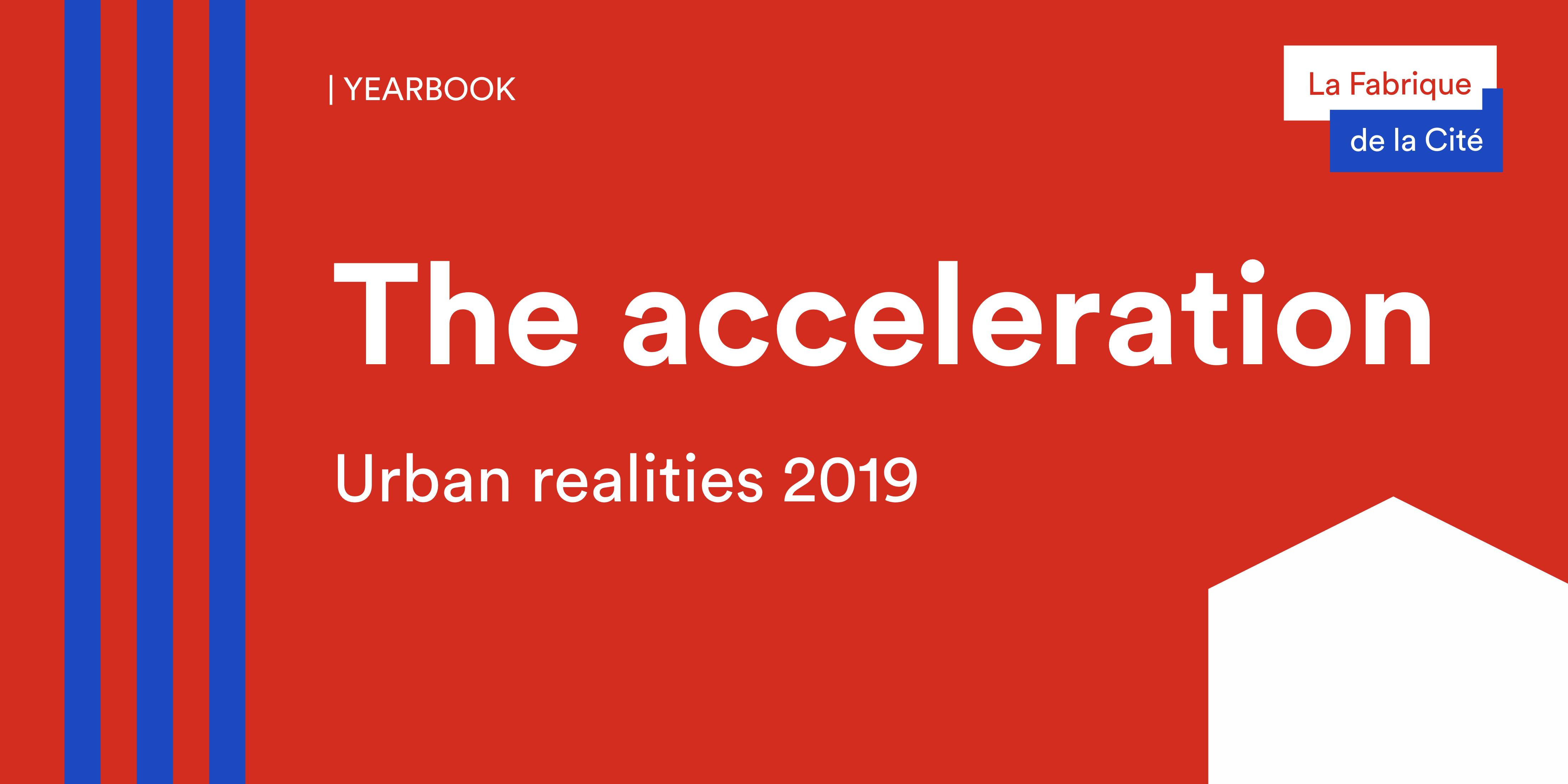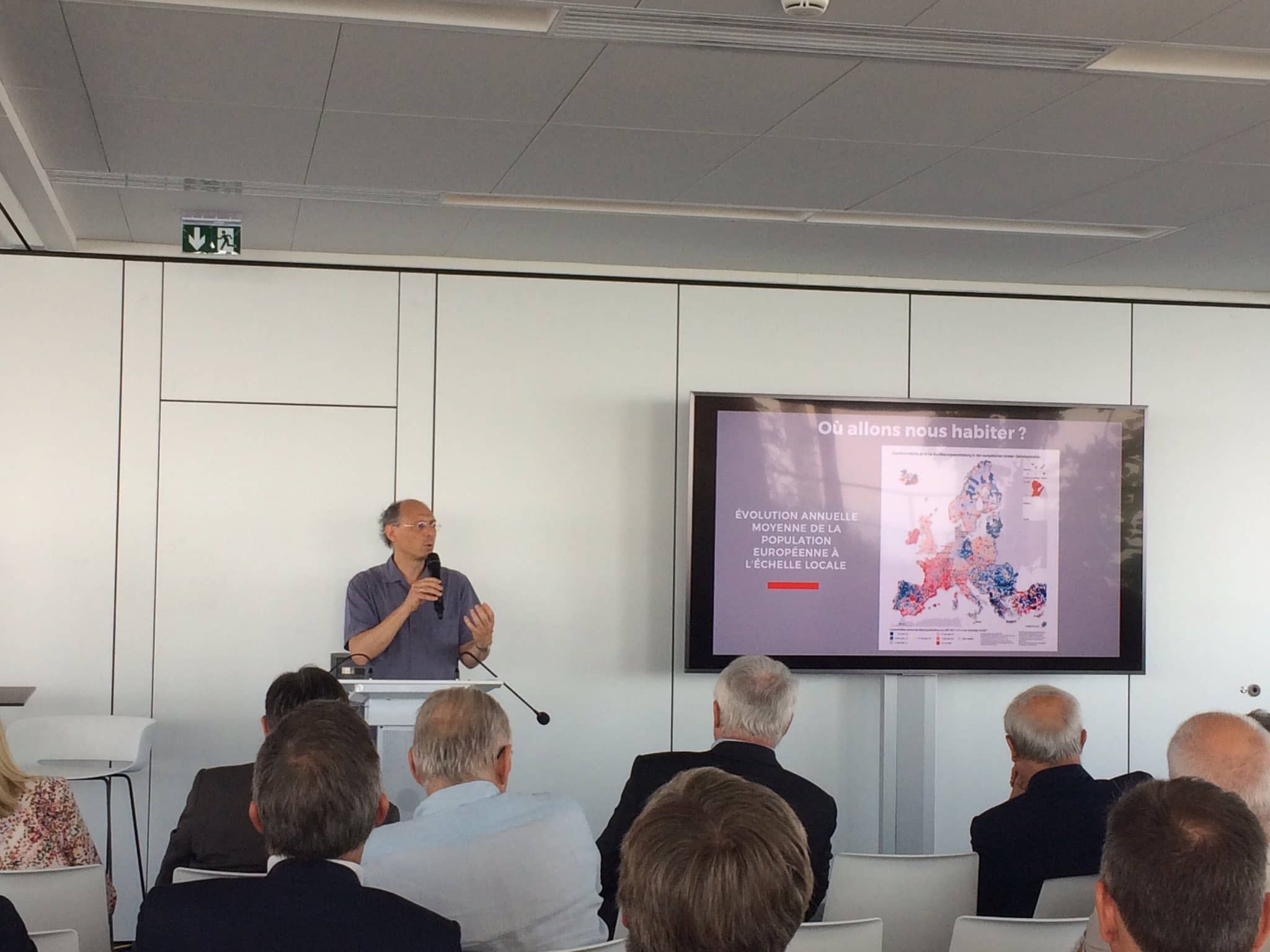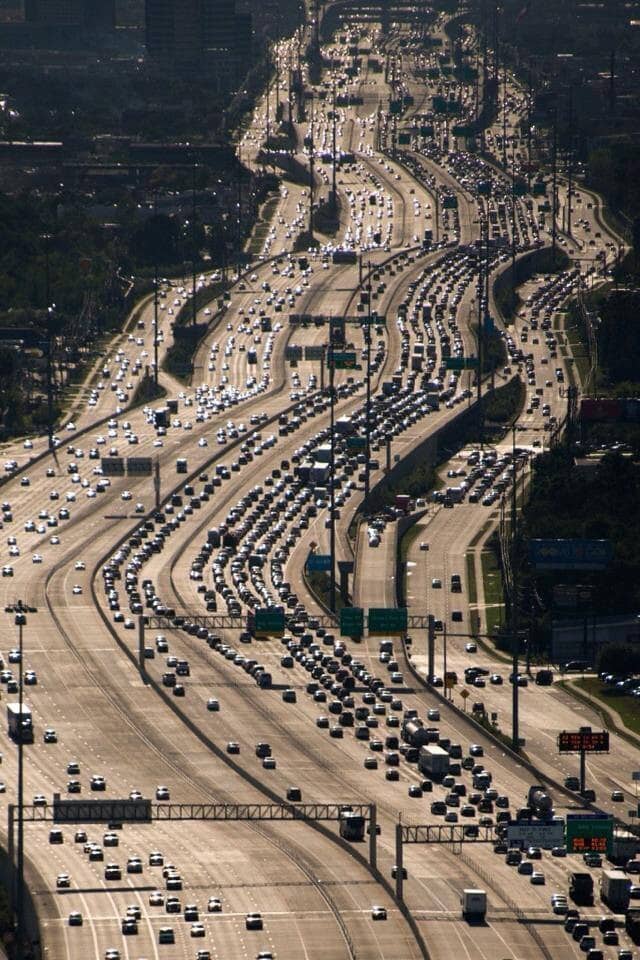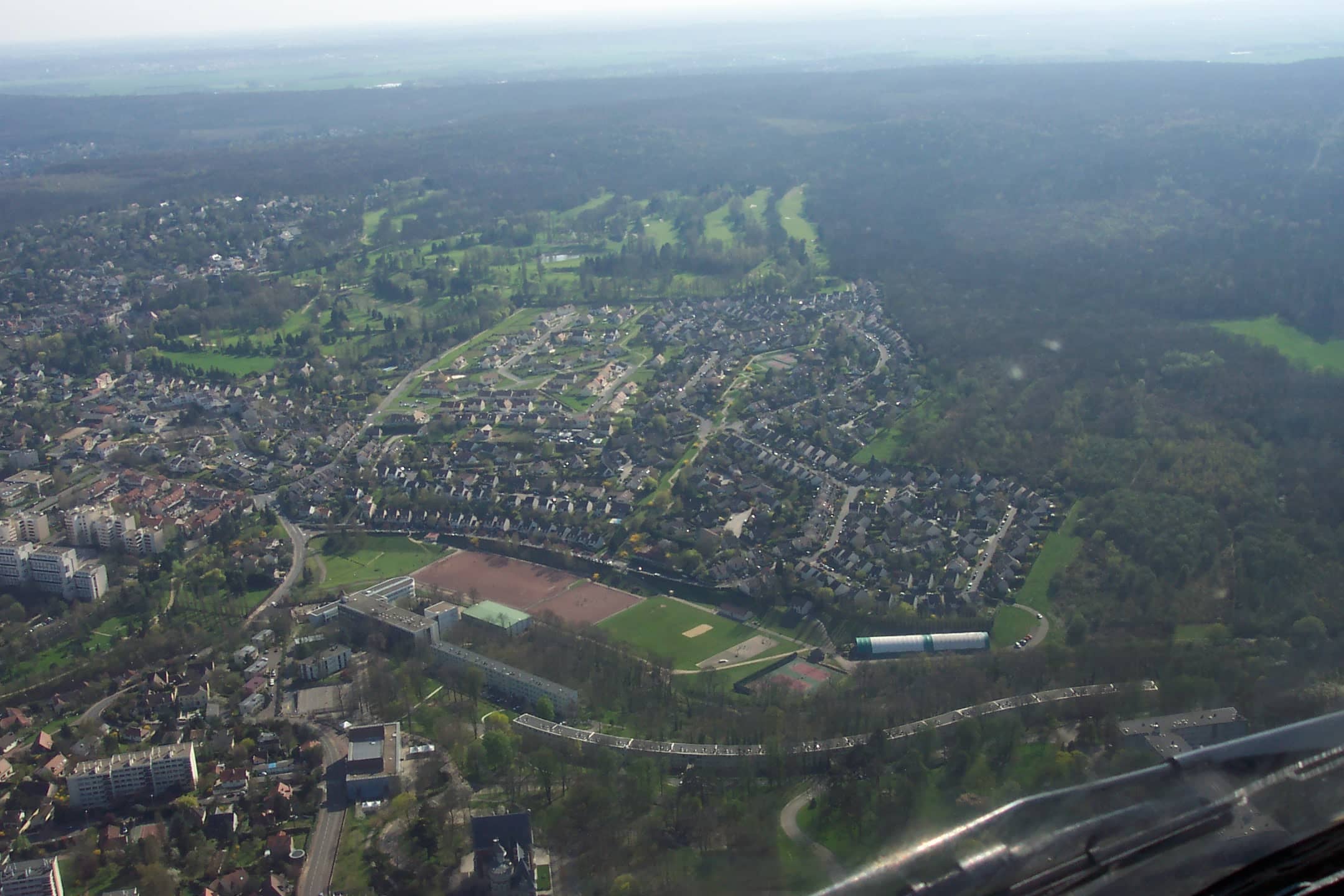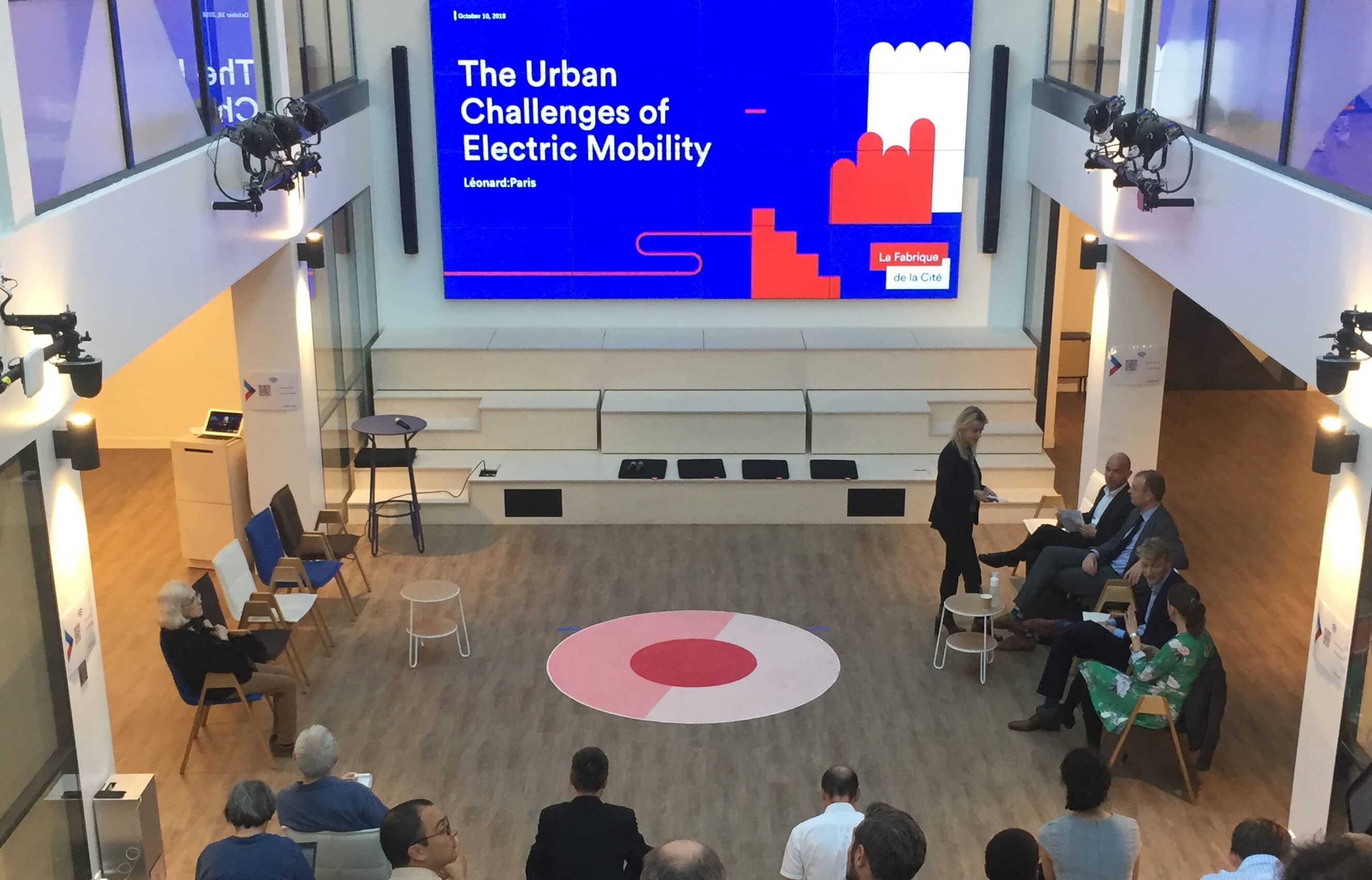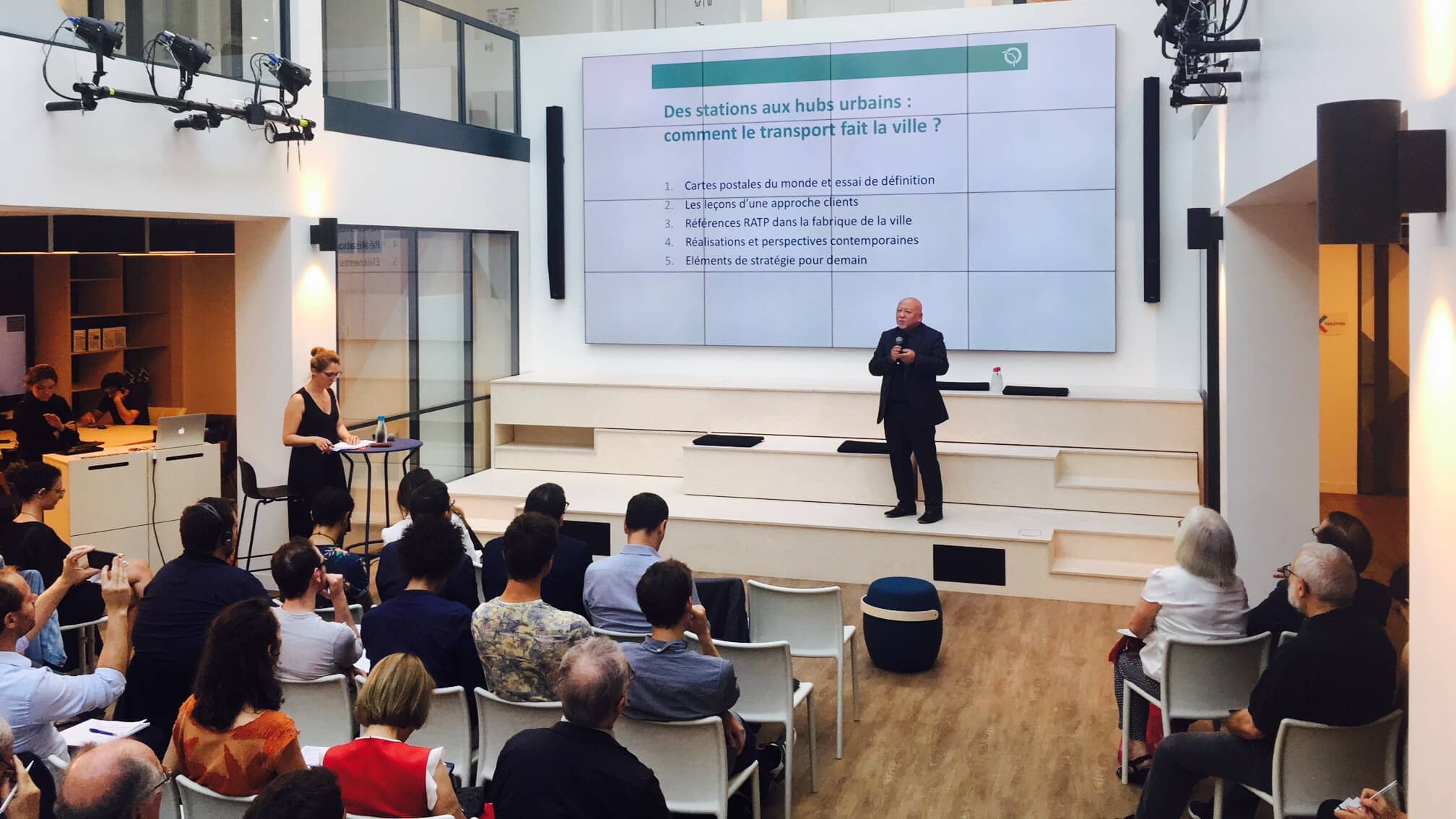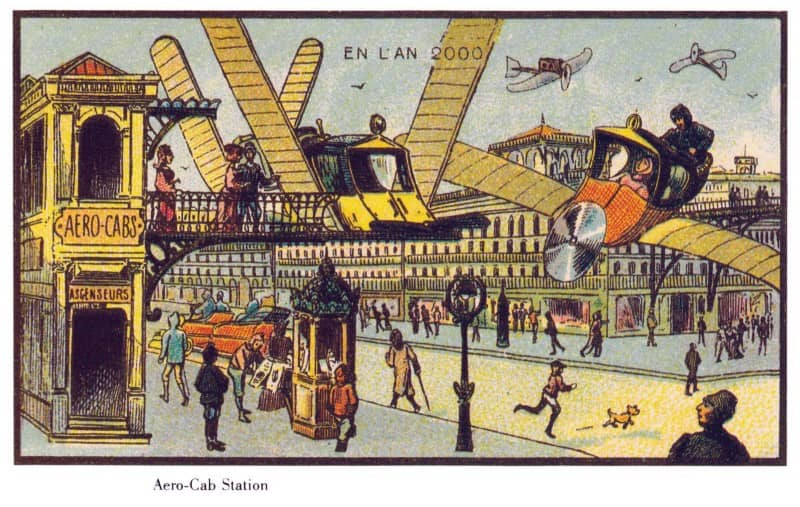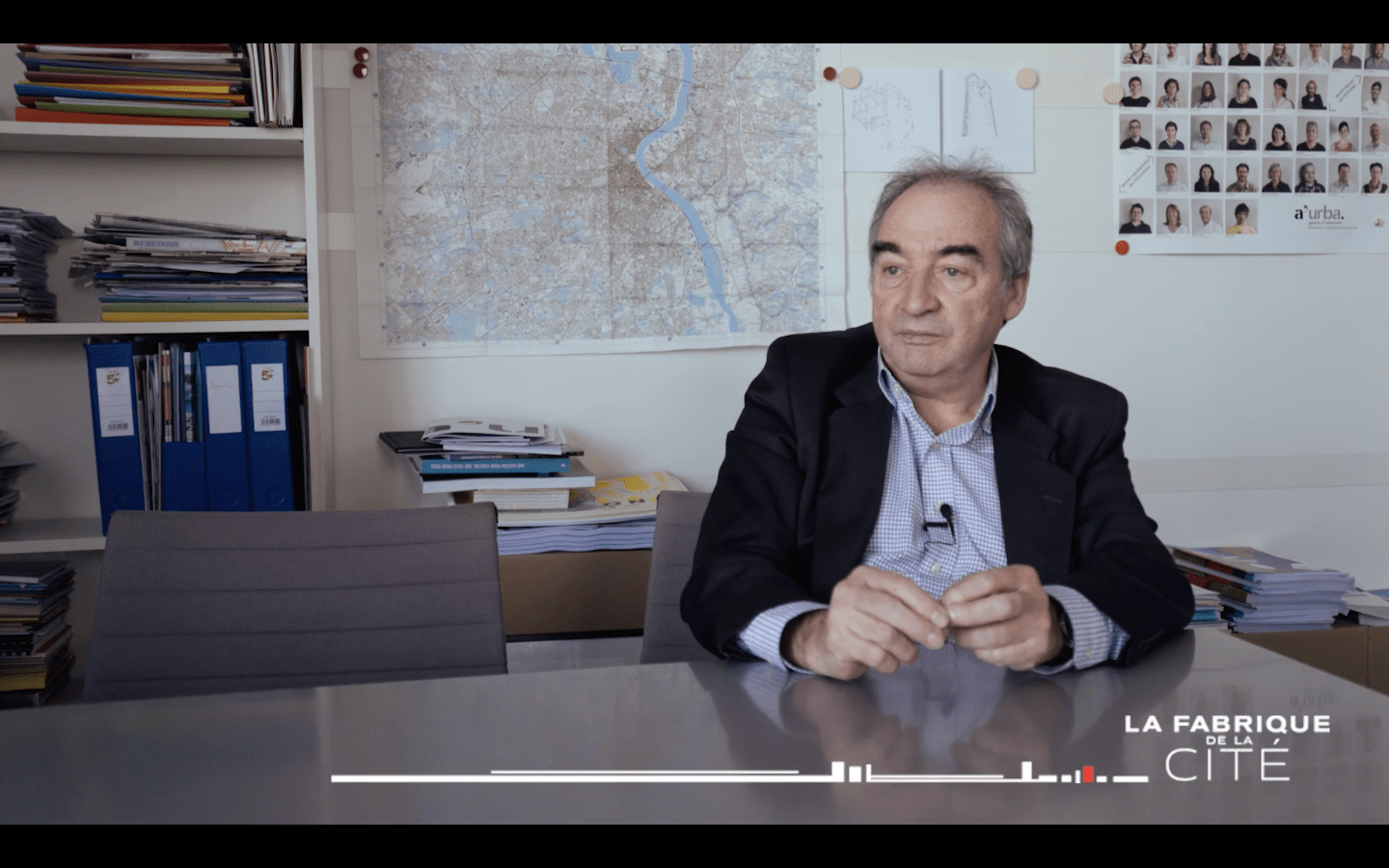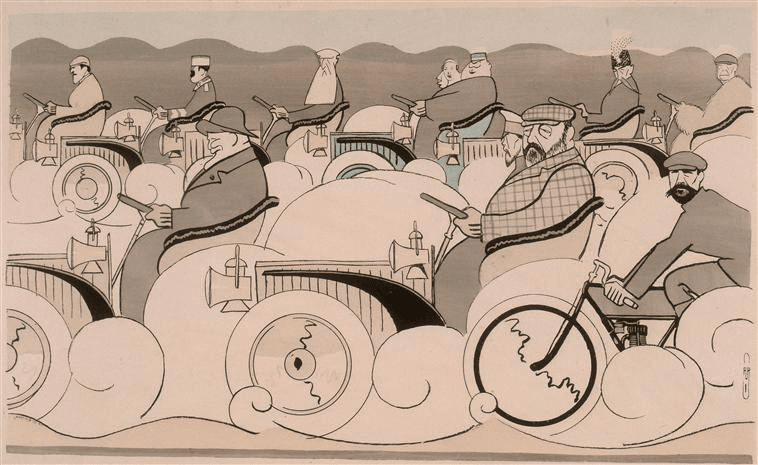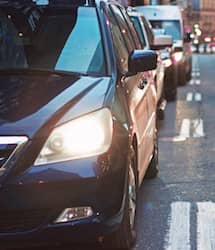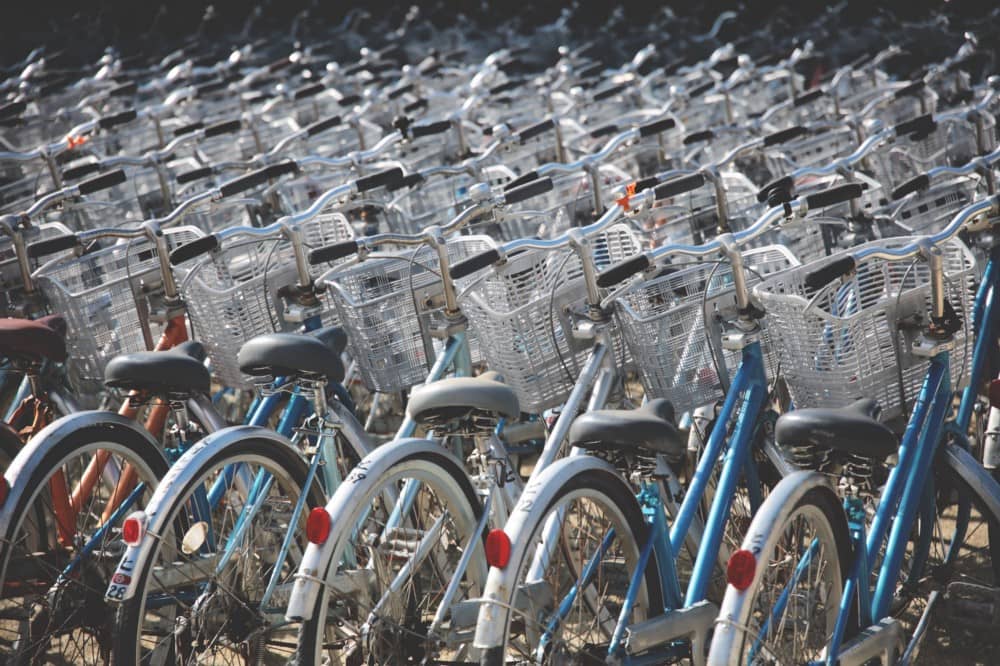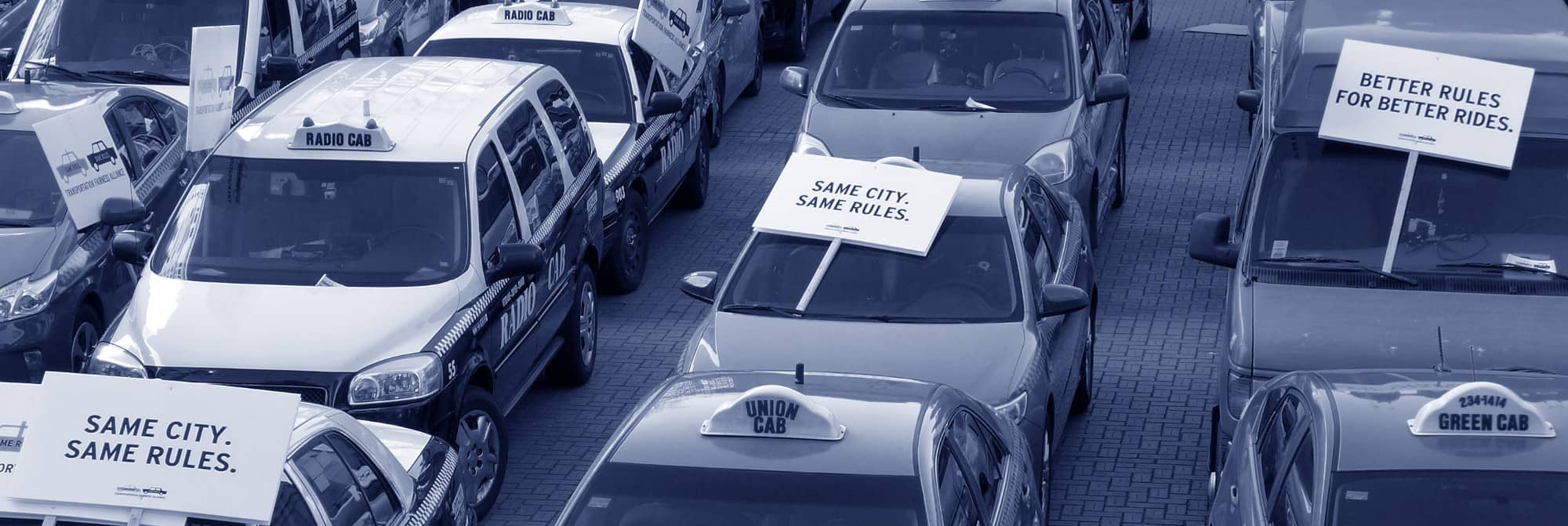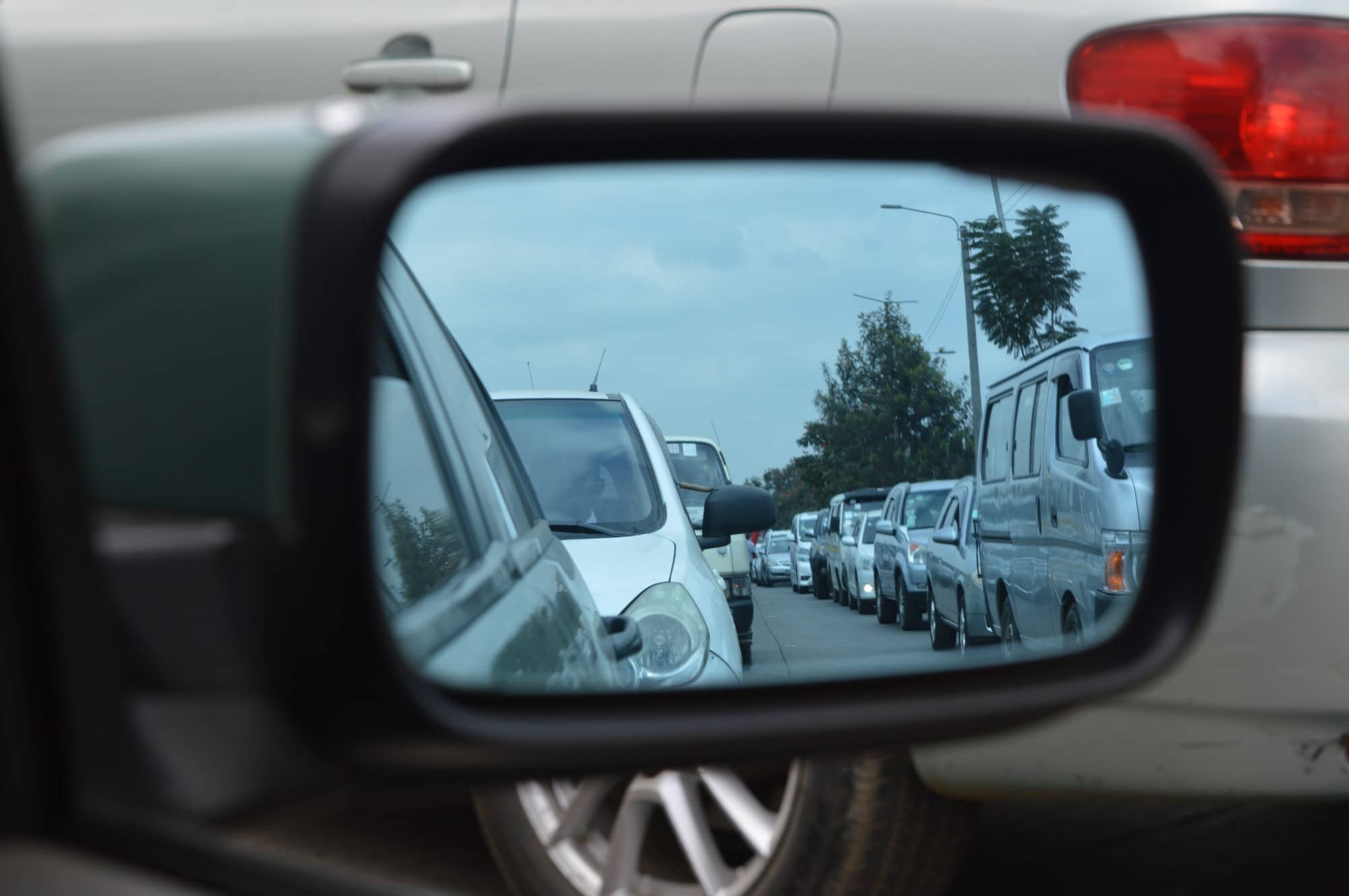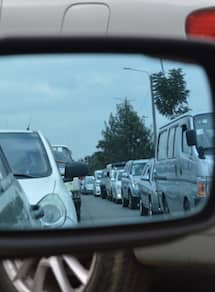

On foot or by bike? While Paris walks, Amsterdam pedals
Amsterdam has made sustainable mobility a key feature of its brand, as shown in the stunning images of bike highways across the country. Today, every city is angling to become as bike-friendly as the Dutch capital. Paris is also pursuing this dream, overshadowing the fact it is already the world champion for an even more sustainable form of mobility: walking.
What are the numbers?
Parisians are world-class walkers
Did you know Parisians make half of all their routine trips on foot? The latest survey of households in the Île-de-France region [1] is chock full of insights about how people get around in Île-de-France, with one incontestable revelation: not only are Parisians champion walkers, but the larger Île-de-France region takes it one step further!
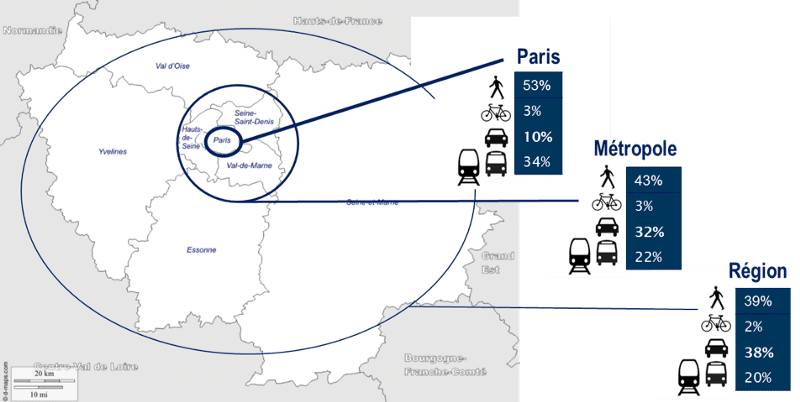
Very often and even among experts, there is a great deal of confusion about how to define a trip on foot. For the purposes of French household surveys, it means that the entire trip must be made on foot from start to finish. If, for example, a person walks to the bus or subway, the trip is counted solely as a public transit journey and not a trip on foot.
Paris and its surrounding region hold a unique distinction in Europe: a majority of trips are counted as entirely on foot. The main reason: 45% of trips within the Île-de-France region are under a kilometer in length; we will see why that is the case in the second part of this article.
When we factor the performance of Paris’s public transit network into the equation, we find that Parisians complete only 10% of trips by car. That figure increases with distance from the capital, due to longer commutes and a lack of alternative options.
And in Amsterdam?
In Amsterdam, biking accounts for nearly 30% of trips and walking for nearly as many, with a total walking + biking share similar to the level seen in Paris. Due to a limited use of public transit, cars remain much more popular in Amsterdam than Paris: 23% of trips taken by car in Amsterdam, compared with just 10% in Paris.
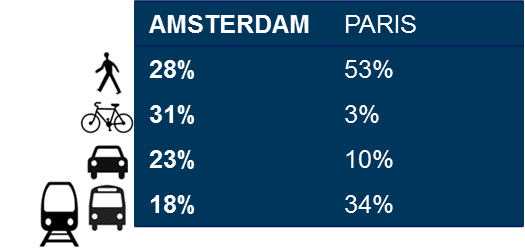
Final roundup: champion versus champion
In terms of sustainable mobility options, Paris and Amsterdam finish neck and neck: Paris as the champion of walking, Amsterdam as the champion of biking.
If we add sustainable mobility and public transit, Paris claims a substantial lead over Amsterdam with one of the highest rates of public transit use in the world.
That performance tapers off as the distance from Paris increases. We do not have data on the modal share in the greater Amsterdam area, but it would be interesting to run comparisons across similar perimeters. That would allow us to determine how the performance of Paris-area residents living far from downtown stacks up against other cities.
These observations pertain only to residents of these cities. But if we count tourists, who also walk enormous distances, the Paris region, as the world’s leading travel destination[2], emerges as the world’s undisputed capital of walking.
What explanations?
Perusing the past 40 years of French household surveys reveals many key insights, particularly the relatively constant trip duration of work commutes: people choose their home and work locations based on several parameters, while spending an average of 30–40 minutes per trip — a figure that remains stable across different cultures and countries.
In this case, the notion of accessibility “works backward” to calculate the number of jobs, services, green spaces, shops, schools and other amenities are accessible within a given travel time.
This is where calculations of urban density and intensity and the connection to each mode of transport come into play. For example, it is easier to access a certain number of jobs in 35 minutes on foot in a highly dense city, while accessing the same number of jobs in the same amount of time in a more dispersed city would require a car [3].
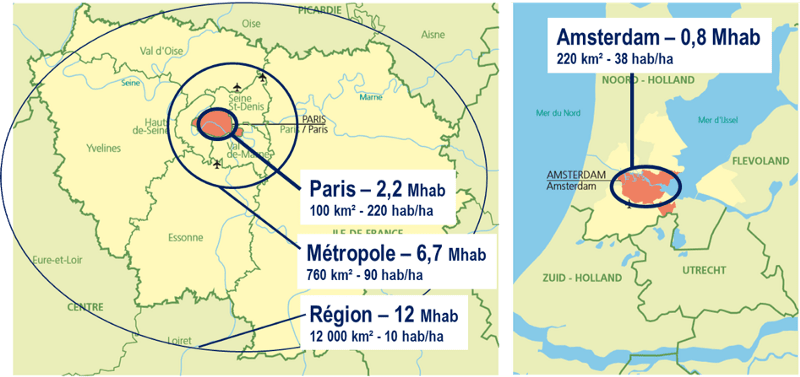
It goes without saying that there is an almost mathematical correlation between urban intensities and transit choices — with the added fact that we now have a much better idea of how to characterize this correlation, at least when it comes to home-work commutes.
This is where we start to penetrate the reasons behind the differences in sustainable mobility between the two cities: Paris, one of the densest cities in the world, is 6 times denser than Amsterdam. If we consider jobs, hospitals, universities, entertainment and other urban amenities, central Paris is 7–10 times more “intense” [4] than Amsterdam.
That intensity endures throughout the metro area with a population density 3 times higher than Amsterdam. In fact, only in the second-ring suburbs do we find densities comparable to the 38 residents/hectare average of Amsterdam.
That explains the major differences between Paris and Amsterdam: walking dominates in the intense city — biking in the dispersed city — and both cases offer the same accessibility to urban amenities in a given amount of time.
So why does Paris dream of becoming a cyclist city like Amsterdam, but Amsterdam doesn’t appear to dream about becoming a pedestrian’s paradise like Paris?
Quite simply because it’s impossible: how could Amsterdam possibly quintuple its density to encourage people to give up their bikes and walk instead?
On the flipside, Paris’s dream of becoming more bike-friendly seems exaggerated: it’s already the world’s most virtuous city in terms of clean mobility, while the city does not need droves of bikes interfering with the performance of walking. This preference is certainly compatible with a supplementary bike offer, as the “vélib” model has clearly shown, but striking the right balance is crucial for maintaining the current strong performance.
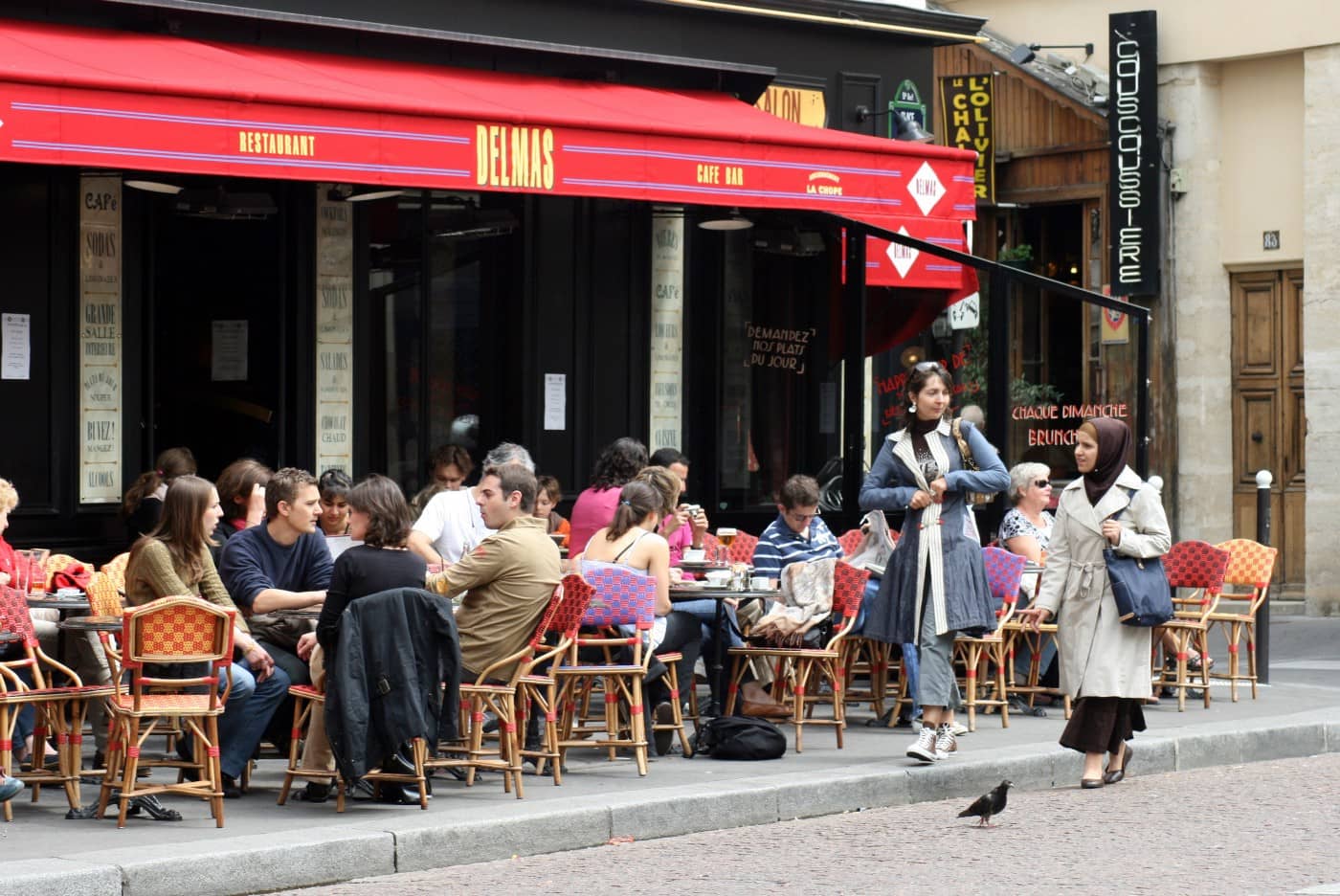
However, there is room for further reflection on this subject in the less dense areas of the Île-de-France region, primarily along the border between the first-ring and second-ring suburbs, where densities approach the Amsterdam level and biking becomes a more practical option.
France’s preference for walking: a hallmark of sustainable urban planning
In 1873, Charles-Adolphe Alphand, Baron Haussmann’s “gardener”, published Les promenades de Paris (The Promenades of Paris), a still largely unparalleled two-volume work that establishes pedestrians as a fundamental value of dense cities and endeavors to organize public space in their service.
This agility to mobilize urban space, which is by definition rarer and in higher demand in a very dense city, to serve pedestrians endures to this day among French engineers, urban planners and landscape architects, who adapt to residents’ preferences.
The city has exported this expertise all over the world, as countless leaders of major foreign cities seek out solutions to have “as many tourists and pedestrians as Paris”: there is a direct parallel between French glamour and pleasant strolls through the city.
In this way, France offers a showcase for qualitative urban design by and for pedestrians; many of the country’s downtown areas stand as a testament to this statement, as well as its riverfront and seaside areas, plains cities and mountain towns. Urban planning centered on walking is a hallmark of France, as many of its iconic projects have left their imprint on the “market” by earning UNESCO World Heritage status.
Numerous studies in France recently probed the “secrets” of the pedestrian city with several common findings: walking is one of the most complex forms of mobility; it calls up notions of very precise and deliberate urban forms based on fractality, diversity, connectivity and urban depth [5].
For this reason, establishing the place of pedestrians in the city is an immensely complicated exercise that took ages to master, with several noteworthy failures still in relatively recent memory. Combining a focus on culture, analysis of the city and its potential, physical experience, urban safety and security and modal shares, designing the city with walkers in mind is a cross-disciplinary feat of high technical precision. It’s up to us to capitalize on this expertise and showcase all its value.
As for Amsterdam… We have quite a few ideas for improving its mobility options, which we’re willing to trade for a nice bike!
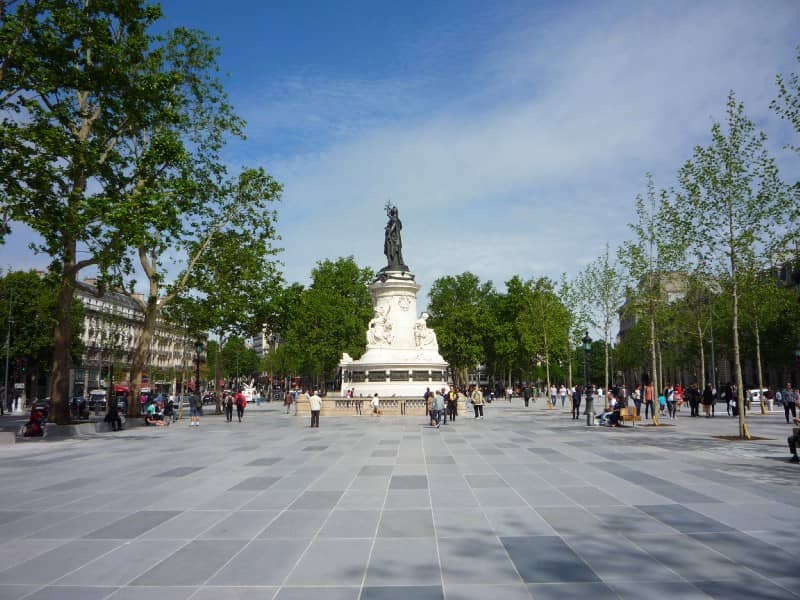
[1] The latest exhaustive household survey was carried out in 2010. Current estimates show that walking and biking have expanded greatly in the intervening years, notably through the “Vélib” effect.
[2] 34 overnight stays per year in Paris — 8.4 million in Amsterdam.
[3] On this topic, see the study “Éléments de méthode pour une politique de densification”, available on the website of the French Ministry for the Ecological and Inclusive Transition: http://www.side.developpement-durable.gouv.fr.
[4] Intensity is the sum of population and housing (designated by density) with all urban amenities: jobs, schools, services, leisure, etc.
[5] On this topic, see the excellent work Les villes et les formes : sur l’urbanisme durable, Serge SALAT, CSTB/Hermann, September 2011.
These other publications may also be of interest to you:
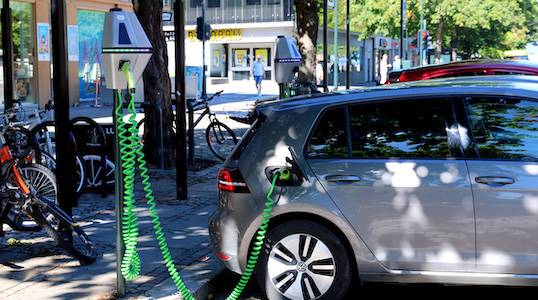
Funding mobility in a post-carbon world

Sending out an SOS

Behind the words: telecommuting

Behind the words: urban congestion

The political and technological challenges of future mobilities

Inventing the future of urban highways
“Dig, baby, dig”
La Fabrique de la Cité
La Fabrique de la Cité is a think tank dedicated to urban foresight, created by the VINCI group, its sponsor, in 2010. La Fabrique de la Cité acts as a forum where urban stakeholders, whether French or international, collaborate to bring forth new ways of building and rebuilding cities.

















